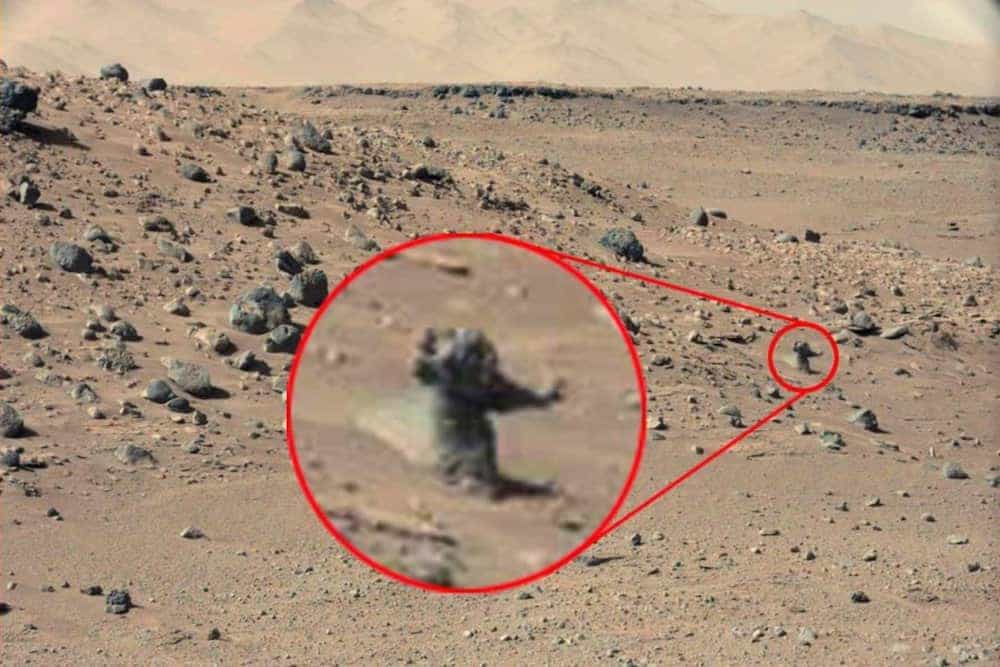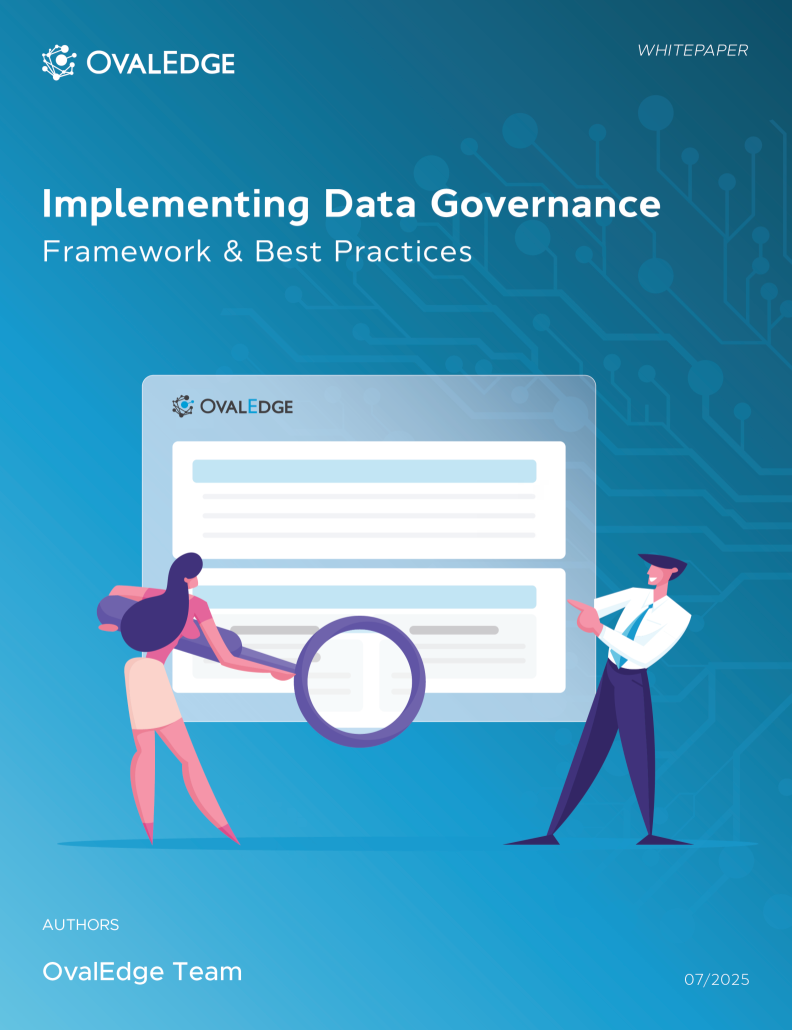Table of Contents
Can data-driven curiosity cure our cognitive biases?
Cognitive biases and our brain
Does the fact that having biases is an inherent part of the human brain, surprise you? Don’t be surprised as this is how the human brain functions. Dr. Lee Ross from Stanford University conducted a research where he showed a video of Arab-Israeli conflicts to some Arab and Israeli volunteers.
The results were quite surprising. Arab people saw more anti-Arab references while people from Israel saw more anti-Israel references. The question is, with the same information shown to two different sets of people, how did the difference in perception arise? Many theories have emerged about why our big data machine – the brain behaves this way.
One theory is that our brain has two hemispheres, the left, and the right. The right hemisphere collects data and information while the left hemisphere processes that data and makes conjectures. The left hemisphere doesn’t do different things for different people but does things ‘differently’. From the copious data, the right brain is receiving, the left brain chooses just a few pieces and creates its conjectures or theories. After that, it keeps on defending that theory and disregards the data points which do not support it.
What can data-driven curiosity do?
Now amidst all the hype about the role of big data in organizations, the burning question is what can big data do in decision making if the brain chooses to cherry-pick? How about arousing curiosity in people and supplying them with tools to quench their curiosity before they make a decision?
To see a possible approach towards this challenge, let’s take an example of advertising in the retail sector. In advertising information about a product tends to reach you regardless of what you want. The decision has already been made for you and the advertisers put it forward as the best solution available.
On the other hand, Amazon facilitates the curiosity of its consumer about the products. It provides people with data to ask questions from. Tools are available and consumers can see independent product reviews and other customers’ preferences. This provides a lot of information to the consumer where he can see both the positives and negatives of a product prior to making a buying decision. This is what we will call data-driven curiosity.
Today many organizations are shifting towards data-driven decision-making. But the process of collecting data and using it to make a decision can be complicated. It involves many people who might bring along their own biases. Think for a moment – when you read an article in a magazine, has it awoken your curiosity about an issue or established an opinion? Sometimes, in desperation to prove a point, incomplete or fragmented data is presented. For example, in the recent election, mainstream media showed only poll results but ignored the data point that Trump was trending at least 30% more on social media.
How to invoke data-driven curiosity?
To overcome these biases, executives generally engage their companies to be competitive and allow internal corporate politics. By doing this they are generally able to see different sides of an issue but it comes with a price. Organizational politics can decrease the productivity and morale of the personnel, it is also time-consuming.
So, what is the way to tackle biases that might exist in the personnel in an organization? That data can be used selectively to support those biases, which makes it more harmful. That’s where data-driven curiosity comes in. To quench this curiosity, tools are provided to all personnel in the organization where they can ask questions. Everyone can ask independent questions and see the answers with no lenses of bias.
People can also see recommendations as to where and what related information exists about a question. OvalEdge can provide you one such solution, as we understand that for a truly data-driven organization, we need to create a culture of data-driven curiosity. To find out more about Ovaledge and its unique features, click here..
OvalEdge recognized as a leader in data governance solutions
.png?width=1081&height=173&name=Forrester%201%20(1).png)
“Reference customers have repeatedly mentioned the great customer service they receive along with the support for their custom requirements, facilitating time to value. OvalEdge fits well with organizations prioritizing business user empowerment within their data governance strategy.”
.png?width=1081&height=241&name=KC%20-%20Logo%201%20(1).png)
“Reference customers have repeatedly mentioned the great customer service they receive along with the support for their custom requirements, facilitating time to value. OvalEdge fits well with organizations prioritizing business user empowerment within their data governance strategy.”
Gartner, Magic Quadrant for Data and Analytics Governance Platforms, January 2025
Gartner does not endorse any vendor, product or service depicted in its research publications, and does not advise technology users to select only those vendors with the highest ratings or other designation. Gartner research publications consist of the opinions of Gartner’s research organization and should not be construed as statements of fact. Gartner disclaims all warranties, expressed or implied, with respect to this research, including any warranties of merchantability or fitness for a particular purpose.
GARTNER and MAGIC QUADRANT are registered trademarks of Gartner, Inc. and/or its affiliates in the U.S. and internationally and are used herein with permission. All rights reserved.



.webp)


